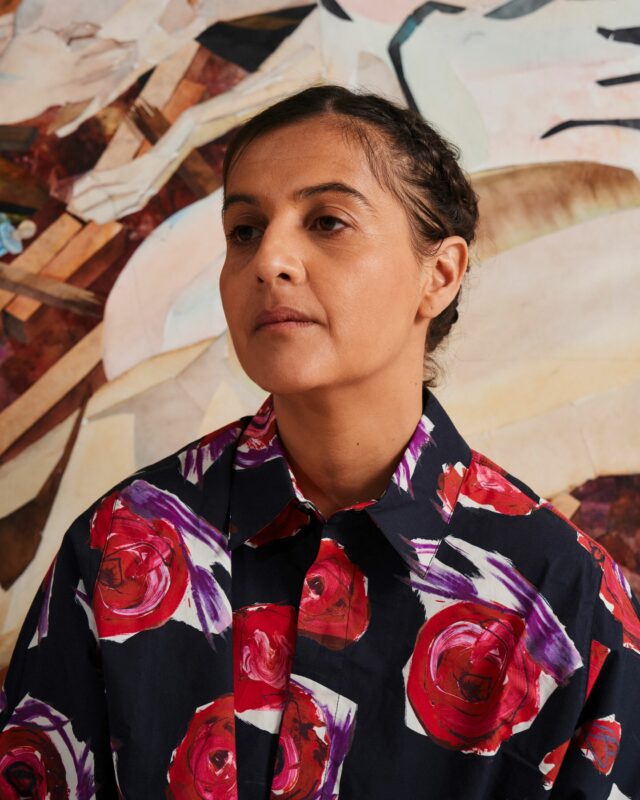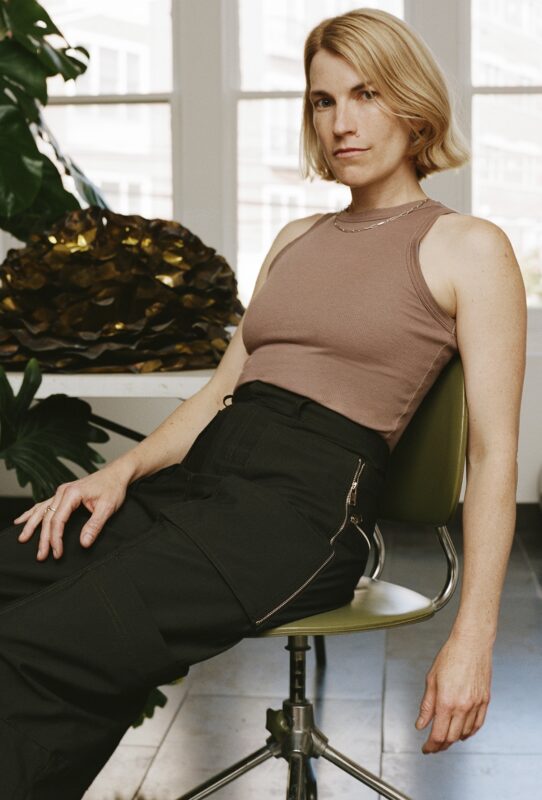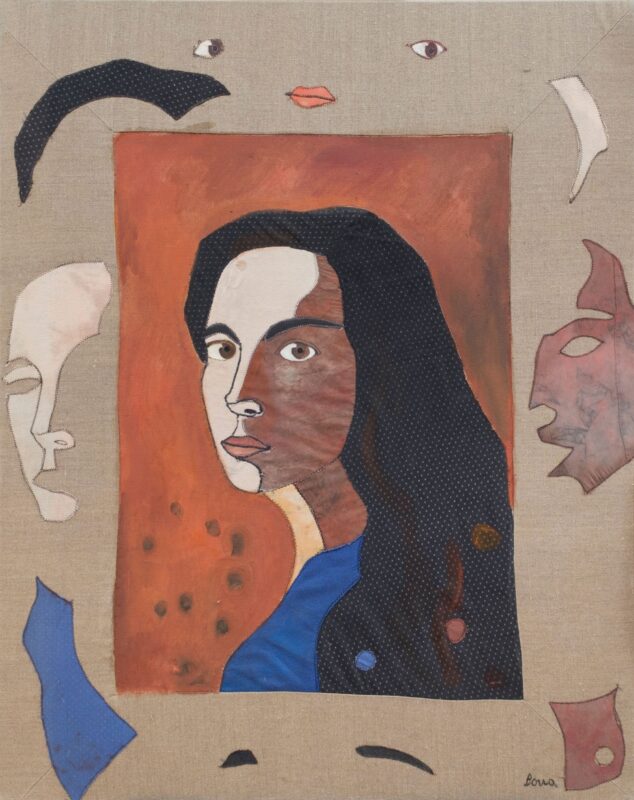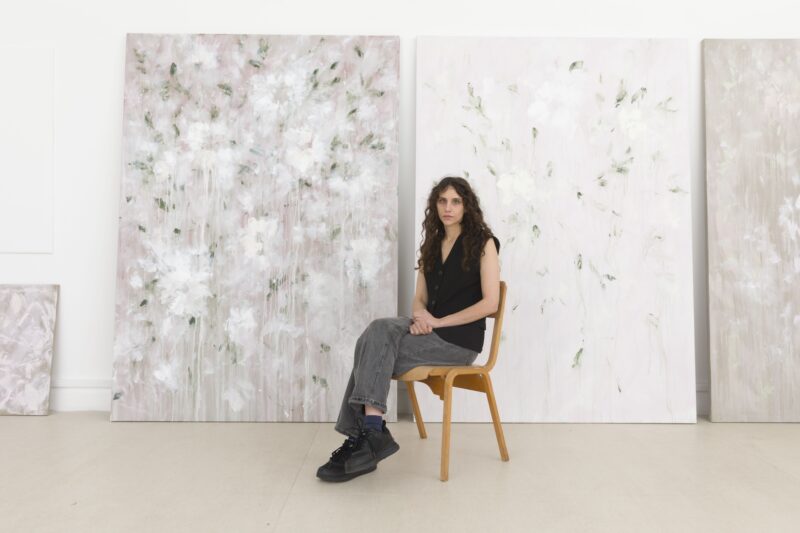Hales has announced the representation of celebrated British artist Ken Kiff (b. 1935, Dagenham, Essex — d. 2001, London, UK). Kiff is known for his visionary and distinct painting practice, and his oeuvre continues to influence a younger generation of artists. Kiff’s work will be featured at Hales’ upcoming art fair showcases in 2024 and his first solo show with Hales will open in April 2025 at the gallery’s London location.

Kiff gained prominence in the 1980s, he was elected Royal Academician in 1991 and he was Associate Artist in Residence at the National Gallery 1991-1993. Although recognized during his lifetime, he carved a solitary path, maintaining a commitment to the pictorial and symbolic values of modernism at a time when Abstract Expressionism and Pop Art dominated. In recent years there has been a renewed interest in his work in the context of contemporary figurative painting, with many younger artists turning to Kiff’s work for inspiration.
Primarily a painter, Kiff pursued the formal qualities of painting – of shape, line, texture, transparency and colour. His practice was driven by an exploration of the material and emotional properties of colour, viewing colour as image, and image as colour. A great colourist, Kiff melded figuration and abstraction, allowing colour and meaning to enhance one another. In the 1980s his practice expanded to include most forms of printmaking – including woodcuts, monotypes, lithographs and etchings – collaborating with master printmakers across the UK, Europe and the US. Kiff would often work on paintings over a number of years, so the immediacy of printmaking allowed for a different kind of expressive freedom.
In 1971 Kiff began a body of work entitled The Sequence which would span decades, from the age of 35 until his death, comprising of two hundred paintings. Making the work flexible and adaptable was key to his process, using acrylic on primed paper he could keep elements moving quickly. The Sequence can be considered one work, a ‘continuous flux’ of image and form which resembles a long episodic dream with a visible flow of association. Allowing thoughts and imagery to spill over into the next work, creating reoccurring themes and symbolic motifs. Epic and original in concept, The Sequence stands as a testament to his vision.
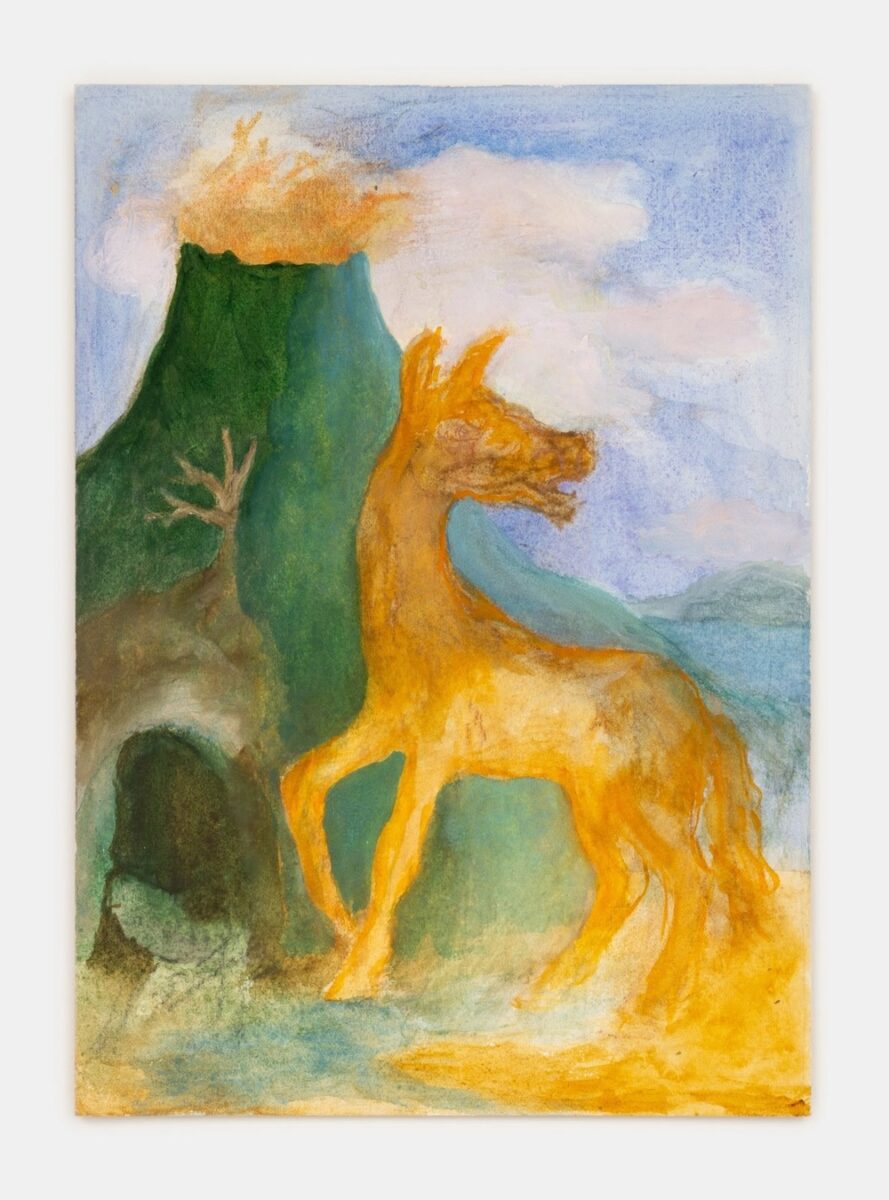
The natural world is of great importance throughout Kiff’s work; trees, the sun, clouds, flowers, hills, bodies of water feature as do animals often interacting with figures. Psychoanalysis provides a framework to explore the conscious and unconscious, drawing from Jungian theory Kiff’s narrative imagery explores tropes such as the mother, the shadow and the wise old man. There is a visual poetry and the use of narrative myth to explore fundamental qualities of the human condition.
Kiff had important solo exhibitions at Talbot Rice Art Centre, Edinburgh (1981), Serpentine Gallery, London (1986) and Arnolfini Gallery, Bristol (1986). He was included in the artist and curator Timothy Hyman’s seminal touring exhibition Narrative Paintings in 1979. Recently The Sequence was the focus of a major exhibition at the Sainsbury Centre for Visual Arts, Norwich (2018-2019).
